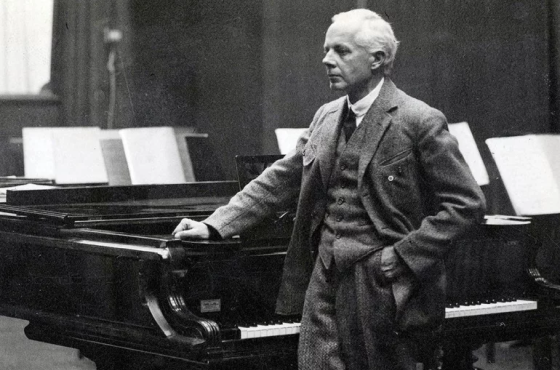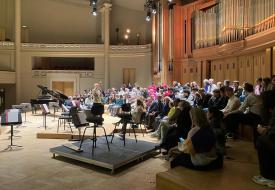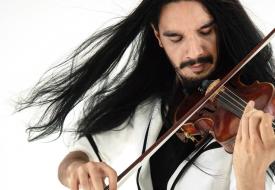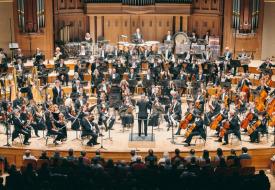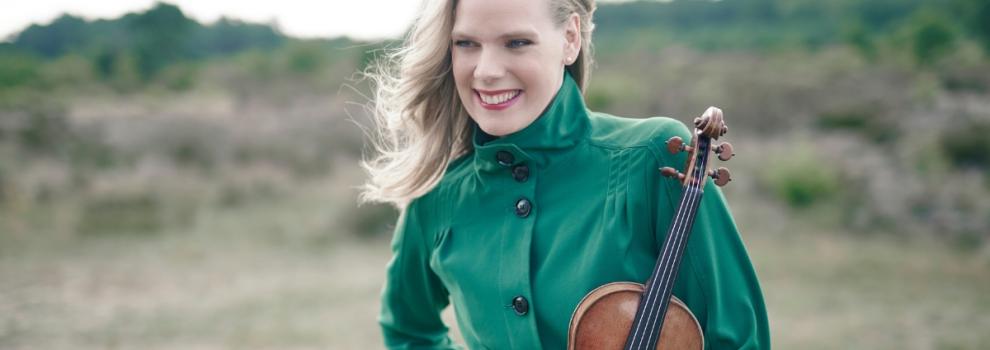
Bartók Festival - Take nóta!
As part of his ongoing research into traditional music, Bartók gradually integrated the folk elements he discovered into his compositions. In the Six Romanian Folk Dances, he drew inspiration from melodies originating in Transylvania. Initially titled Hungarian Folk Dances, the work was renamed in 1920 following Transylvania’s integration into Romania. The Rhapsodies for Violin further develop Bartók’s stylistic exploration. Originally written for violin and piano, these rhapsodies demand greater virtuosity than the Six Dances, bringing folk traditions even closer to the classical concert stage. They were later orchestrated, incorporating traditional instruments such as the cimbalom. The Dance Suite, composed in 1923 to celebrate the 50th anniversary of the unification of Buda and Pest, reflects Bartók’s ethnomusicological research. However, rather than serving a patriotic purpose, Bartók also draws from Arab, Romanian, and other musical traditions, allowing them to coexist.
Enhance your experience beyond the concert with an introduction! The introduction starts at 7 pm in the Henry Le Bœuf Hall and is free upon presentation of your concert ticket.
Meet Simone Lamsma! After the concert, this brilliant violinist will be present for a signing session at the Boîte à Musique stand in the Bozar entrance hall.
Thanks to the players of the National Lottery. With the support of the Embassy of the Kingdom of the Netherlands in Belgium and the Tax Shelter of the Federal Government of Belgium through Casa Kafka Pictures.
Transylvanian Dances, Sz. 96
Rhapsody no. 1, for Violin and Orchestra, Sz. 87
Hungarian sketches
Medley of violin duets
Romanian Folk Dances, BB68/Sz56
Dance Suite, Sz. 77, BB 86a
Practical information
Dates
Location
Henry Le Boeuf Hall
Rue Ravenstein 23 1000 BRUSSELSContext
Co-production
